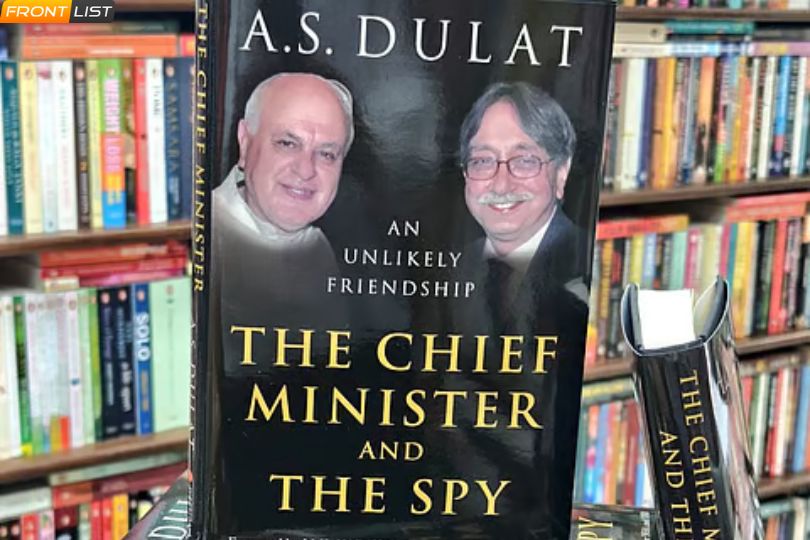Cartoonist Addressing Climate Change Through Webcomics
on Nov 01, 2022
.jpg)
In Nagpur, a city in central India, the temperature was approaching 50 degrees Celsius (122 degrees Fahrenheit) when cartoonist Rohan Chakravarty discussed how climate change affects his work.
The extreme heat wave, which was 30 times more likely as a result of climate change, highlighted how urgent the issue is.
He is one of several comic book creators that use their humor and inventive skills to criticize inaction on climate change. Cartoons have the unique ability to distill complicated scientific concepts into amusing, action-inspiring forms without seeming too sanctimonious, according to experts and cartoonists.
The "Green Humour" comics by Chakravarty cover a wide range of environmental concerns. Think of anthropomorphized animals making lighthearted jokes about climate change or offering up succinct satire of political failings, as well as thorough explanations of complicated subjects.
What began as a series that concentrated primarily on wildlife conservation expanded to cover everything green, including governance and policy, how climate change affects people and agriculture, climate justice, and the idea that social justice is connected to climate change, according to Chakravarty.
Because cartoons provide the reader space to pause and consider their own opinions, he is drawn to their format.
The appeal of cartoons lies in this. This is a form of communication that seldom ever becomes preachy, according to Chakravarty.
All of this was notably helpful during the COVID lockdowns, which prevented Indian environmentalists from openly protesting against government initiatives to stop requiring environmental impact assessments for businesses and industries. According to Chakravarty, his cartoon became the spokesperson for the internet campaign against the suggested regulation.
The scant scholarly research on cartoons and climate change suggests that both cartoonists and audiences may meaningfully explore ominous concepts. Additionally, they can aid writers in overcoming any stress or trauma they may have had as a result of natural catastrophes.
Nick Holm, a culture and media theorist at Massey University in New Zealand, claimed that graphic novels and cartoons may reach audiences that other forms of media can't. Holm utilizes popular culture as a lens through which to examine political thought.
Nobody is on alert when they read the comics, he claimed. The fact that it is a daily low-stakes form that is, apparently, largely dedicated to amusement makes me believe that the form is particularly strong in that sense. It's a secure place to consider novel ideas.
Although Holm acknowledged that they might not necessarily affect every reader's viewpoint, humor "sets up better odds" for changing people's perspectives on climate change.
The creator of the well-known "Bird and Moon" comics, Rosemary Mosco, told DW that she can combat climate change in a tiny way with her drawings.
She stated from her home in the US: "We don't know what to do, but the professionals have urged us all to utilize what we have and to do what we can. "Since I can draw well, talking about the things I care about just seems natural."
Mosco's cartoons flit between charming details about disparaged species, inside jokes aimed at birdwatchers, and scathing observations about climate change.
Mosco agrees that using comedy to convey a serious issue like climate change to a large audience is effective. She emphasized that the medium doesn't lessen the gravity of the situation and cited examples of comics that went viral on improbable, presumably "boring" themes like bogs.
"I believe people recognize that these are important issues and that people are sort of whistling in the dark and making jokes because it demonstrates our common humanity rather than because it trivializes the matter," the author says.
According to scholar Nick Holm, there are dangers associated with employing comedy in science communication. A culture that laughs at everything runs the risk of not taking anything seriously.
The development of online trolls and their ongoing pursuit of "the lulz," a play on LOL and a term used to excuse frequently unnecessary behavior carried out for personal amusement, serve as a great example.
Additionally, he mentions how "South Park's" early parodies of Al Gore's environmental message in the "ManBearPig" episodes made fun of the concept of taking things too seriously.
However, if utilized correctly, humor may help foster sincerity, understanding, and unity as well as steadily alter the political atmosphere, provided that it doesn't turn into blatant ridicule of people who have different opinions.
"Mocking those who deny climate change won't get you very far. Nobody will be convinced by it, he claimed. "It will make people uncomfortable. They'll be upset by it. It's going to solidify their opinions.
Some of Mosco's most powerful comics, in her opinion, don't even include any comedy.
One just displays a wall of fossil fuel statements from various publications intended to cause public uncertainty and confusion, with a flame growing larger and larger in the backdrop until it becomes a forest fire.
But optimism is a recurring motif in all of her work. that mankind must not give up hope in the face of climate change and that it is not too late to take action.
What about Chakravarty?
If I were really honest with you, the objective has always been to go out and have fun, cause trouble, upset the existing quo, and watch what happens.



.jpg)






.jpg)

.jpg)
.jpg)
.jpg)
.jpg)

.jpg)










Sorry! No comment found for this post.